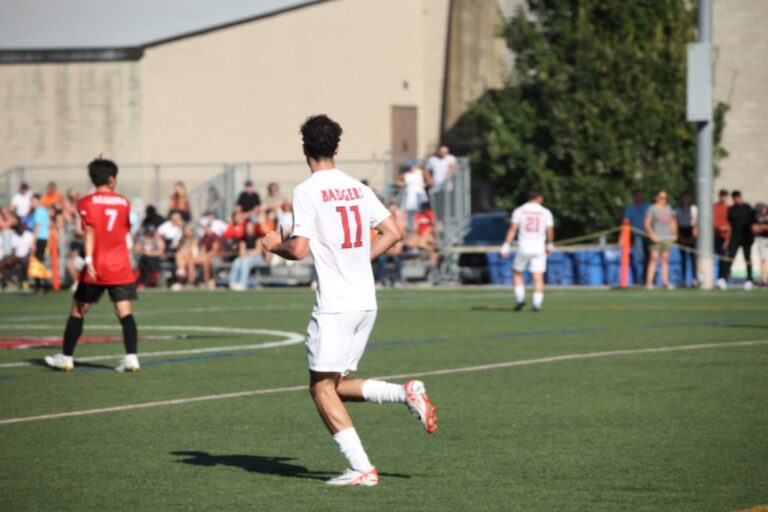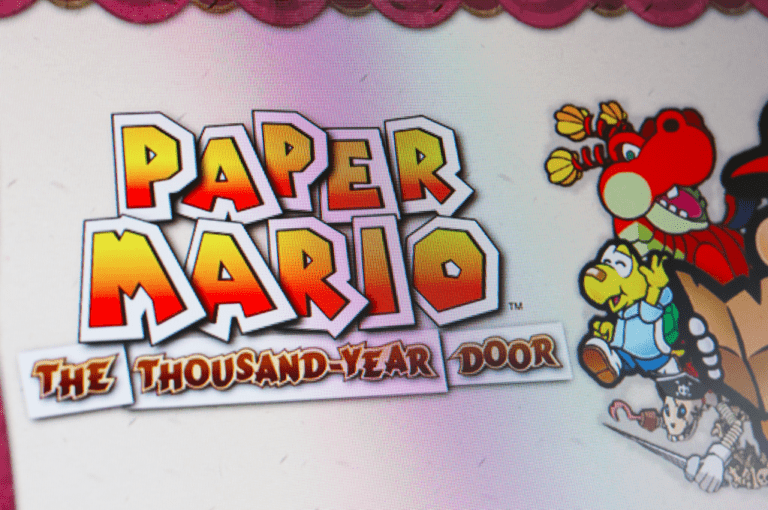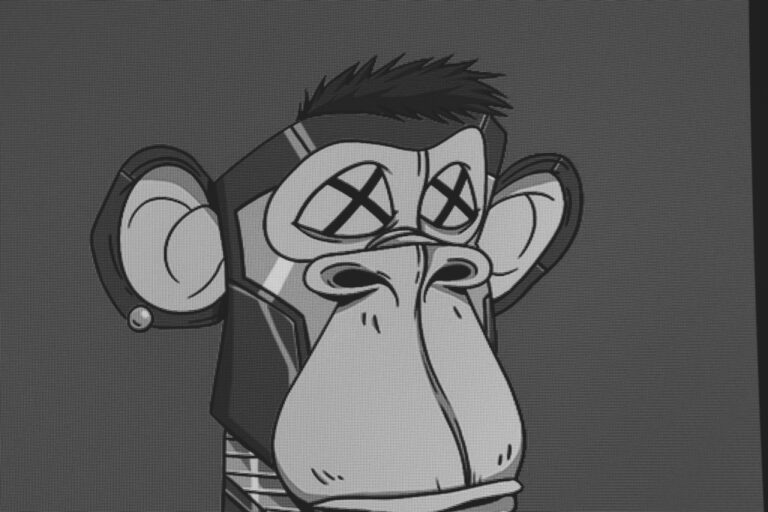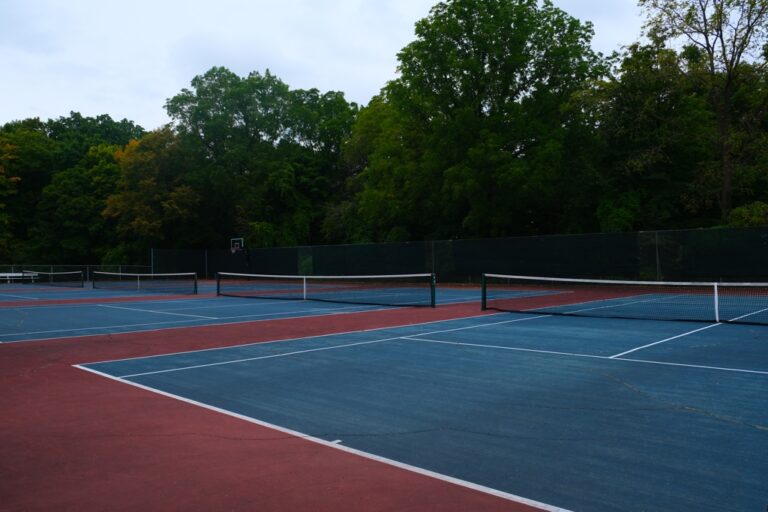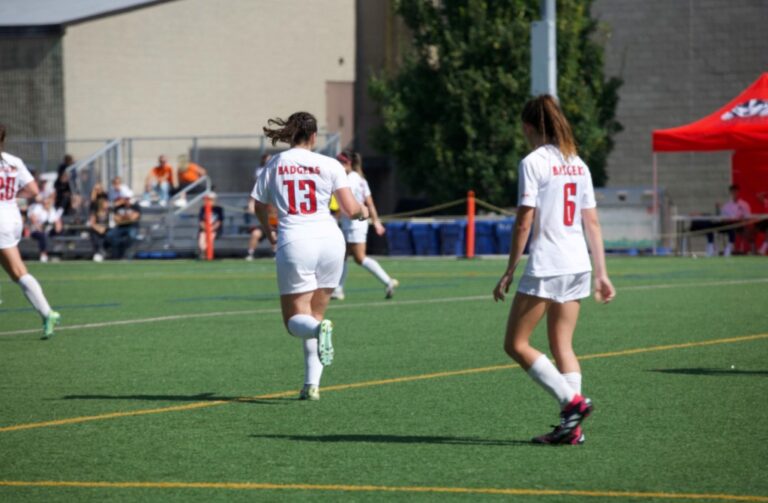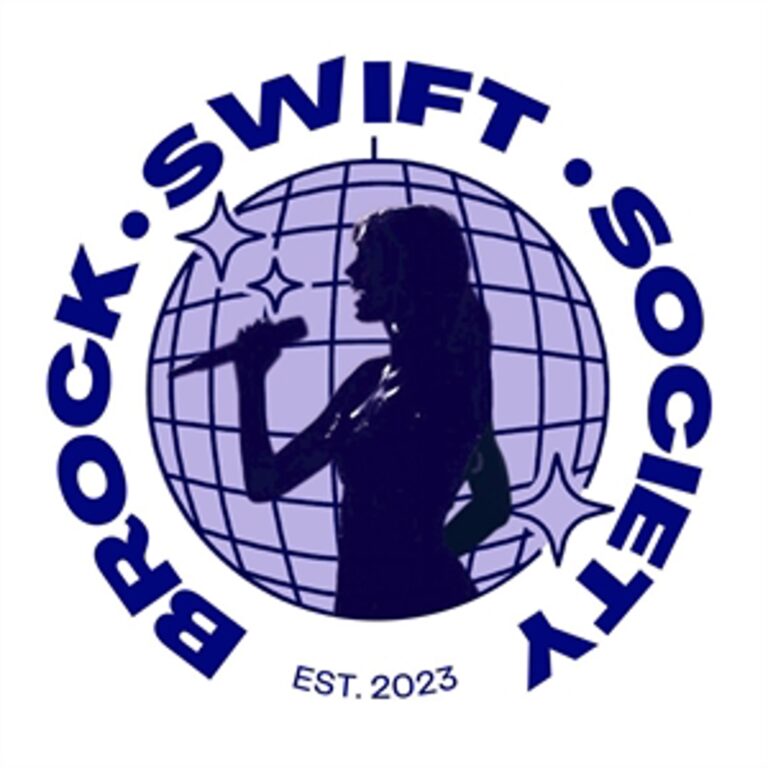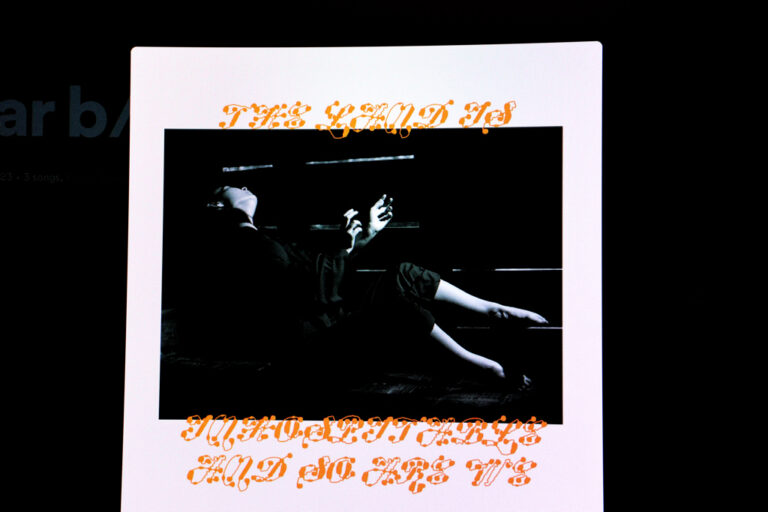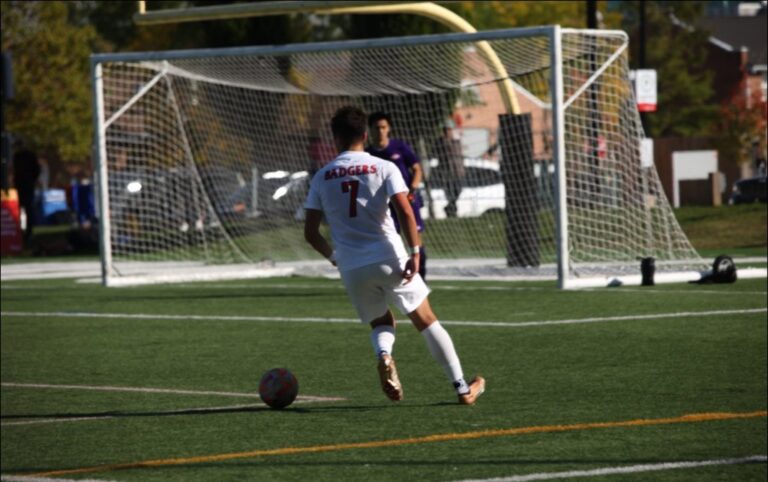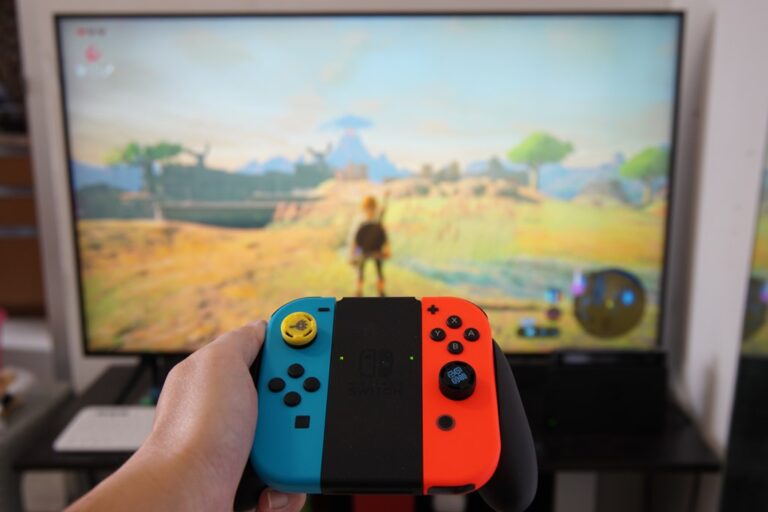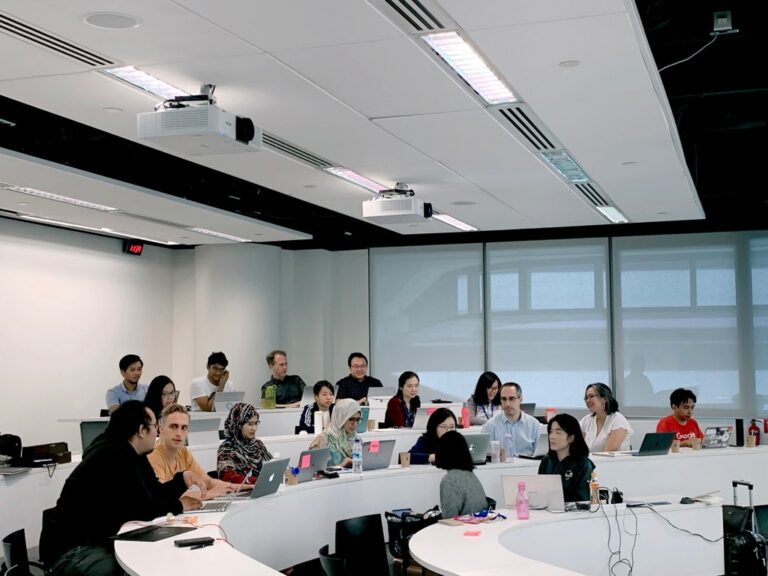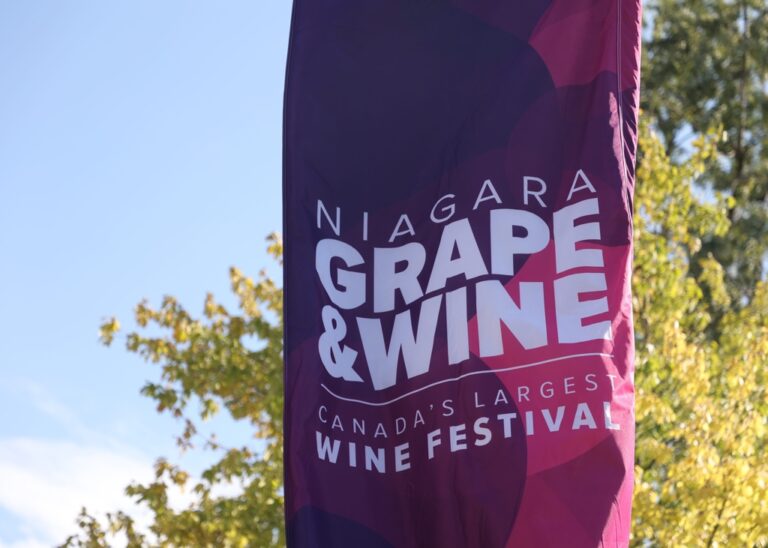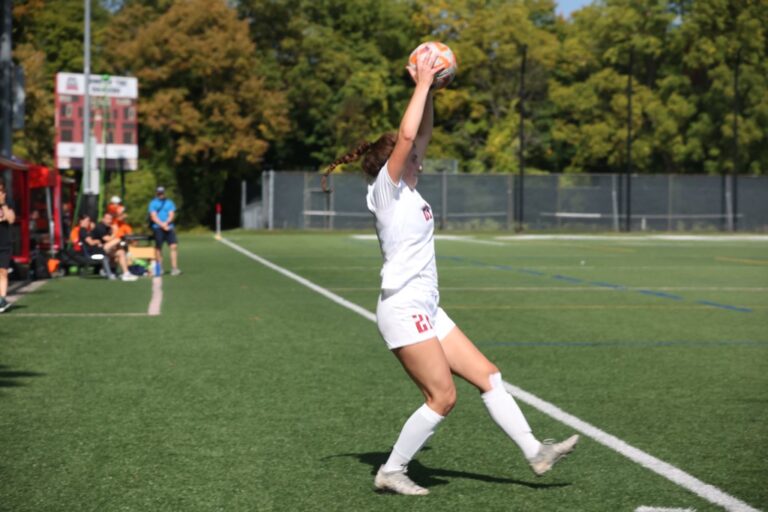“I love the car. It has given me the most beautiful hours of my life.” – Hitler
That the car and the most violent political ideology being chronological bedfellows somehow implies a connection between the two is a controversial assertion, to say the least. Upon further historical and theoretical inspection, however, the connection couldn’t be any clearer.
In the early 20th century, fascism and the commercial automobile both finished their gestation periods, emerging as key products of modernism’s focus on individualism and oftentimes absurd experimentation.
Still, to say that these two products – one literal, the other subjective – are of the same extreme branch of modernism seems too premature and provocative. After all, we still drive cars today in non-fascist societies.
But the notion of conceding that the automobile is emblematic of fascism therefore means that driving a car creates political fascism is too reductive. Ideological modalities are not homogeneous across all sectors of a given society. This is especially true of neoliberalism, which has always appeared as the middleman between fascism and the far left, castigating the former for being too concerted and obvious about its violation of civil liberties and fearing the former for targeting fundamental economic structures of domination.
Moving on to the historical record, it is rather easy to point out that fascism’s star players were all automobile aficionados. There’s Adolf Hitler’s car collection, the remains of which still innervate auctions around the world. Then there’s the Former Caudillo of Spain, Francisco Franco’s Rolls Royce Phantom IV which has become a hand-me-down for Spanish royalty. Taking it up a notch, the former leader of fascist Italy, Benito Mussolini, invested public funds into the automotive industry largely as a visionary of more affordable race cars which he loved. His investment would lead to beloved luxury sports cars such as Ferrari and Maserati.
In fact, Mussolini invented the first highway system, The Autostrada, which Hitler would ape with the Autobahn. Two decades and some change later, the highway would become the main interstate transportive infrastructure in the United States with Eisenhower’s Federal Aid Highway Act of 1956.
However, at a deeper historical level that considers changes in the mode of production under fascism, the inextricability of the car and its destructive satellite infrastructure and fascism as a political-economic ideology becomes clear.
The proto-astroturfing of the private automobile under fascist dictatorships in the ‘30s wasn’t the product of sheer chance of a niche interest shared between ultranationalist rulers; some sort of contingency that expanded out into a global socio-industrial meme that has persisted until today. Rather, the mass-produced automobile is constitutive of a continued fascist strain that was born in American liberalism, heightened when fascism took hold of Western European governments, and continues in today’s neoliberalism: corporate capitalism and its hyper-rational imperatives for accelerationist growth that uses a crude hierarchical structuring of productive organization in service of that end.
The very making of the automobile is notable, in a hierarchical production line predicated on maximum efficiency even if worker’s bodies are expected to perform iterative work that regresses their ability to think and be creative. Then in the very function of the car, there’s the performance of a high-speed society unafraid of violence for a higher cause with clear winners and losers as represented by different car brands. These aspects are unmistakably in lockstep with fascist mythology.
There is a key difference between fascism and today’s neoliberalism, however.
While neoliberalism seeks to reduce the state to its regalian functions and leave enterprise to develop in a largely unregulated and decentralized fashion, fascism centralizes capitalist production for the state’s ends with open disregard for antitrust so long as pernicious monopolies serve the state’s purposes of social-engineering and imperialist expansion.
Take fascist Japan during the Shōwa era in the 1930s, where the tonyas – intermediary trade brokers stretching back to the 12th century of Japan who, in the 19th and early 20th century were tantamount to Japan’s sole bourgeoisie – were significantly weakened by the vertically-controlled industrial policies of the fascist regime. Tonyas were once the de facto proprietors of the small-scale producers they patronised, giving them raw material and facilitating trade and sales on the market. With the changes of the ‘30s, if tonyas couldn’t get homeworkers to learn new efficient production techniques that were in line with the novel conveyer system of production seen with American Fordism/Taylorism, they were quickly displaced by monopoly capitalists or the state itself.
It’s worth remembering that the etymological root of fascism is fascio, which is the Italian word for bundle. The idea of streamlined production by large pyramidal corporations that ultimately occupy a second-to-top slate in a more primary societal pyramid, with the fascist government occupying its tip, was why Fordism – Henry Ford being no enemy of the Nazis – and its later successor system in Japan, Toyotism, dovetailed so well with fascist governments as their preferred form of production.
One can see hyper-productiveness and a coextensive subordination to certain functions as per the Fordism model in the social life of Nazi women. The ontology of German women in the Third Reich was that of serving specific productive and reproductive functions. This was based in part on her biological ability to give birth, but largely on the ideological assumption that her social role as homemaker and facilitator of reproductive care for her husband – so he can reproduce his labour-power the next work–day – and the children as future labour-power. The three K’s was a slogan that gave German women their destined domains in the corporate whole of society die Küche, die Kirche, die Kinder (the kitchen, the church, the children).
Hitler’s regime also instituted a graduating loan system tied to the number of children a woman had to promote the production of the Aryan race, which is not unlike how Hungary’s current crypto-fascist leader, Victor Orbán, made it so that families with over three children pay virtually zero taxes. Basically, women under fascism are reduced to breeding instruments and reproductive-care assembly-line workers on a society-wide Fordist conveyer belt.
As philosopher Slavoj Žižek put it in his quasi-documentary The Pervert’s Guide to Ideology, fascism is essentially a conservative revolution that mythologizes society as a corporate unity. In such a society there are no antagonisms between higher and lower social strata, between factory workers and their bosses and their bosses’ bosses. In such a society, subjective and objective violence becomes divine violence for the Cause.
Žižek’s summation of ultraconservatism as naturalizing hierarchy and integrating violence into the ideology’s functioning opens up the theoretical dimension for understanding the commercial automobile’s latent fascism. Two things are undeniably true about the car: it causes massive fatality, clocking in at around 1.35 million deaths per year worldwide from vehicular crashes; and they are one of, if not the greatest, contributor to global warming.
It’s not an exaggeration to say that cars are killing us in the short- and long-term.
An objector might argue that the need for privacy, ownership and choice are innate to human beings and that’s why cars aren’t the sum product of far-right ideology. However, it was Karl Marx who deeply understood and explicated in the Grundrisse that needs are never straightforward, pure or fully natural. So-called instinctual needs, ones that exist on a spectrum of choice, are always the result of culture because real biological needs are often too determinate for conscious augmentation. They are, as Marx explains, overwritten by cultural drives:
“Hunger is hunger, but the hunger gratified by cooked meat with a knife and fork is a different hunger from that which bolts down raw meat with the aid of hand, nail and tooth. Production thus produces not only the object but also the manner of consumption, not only objectively but also subjectively. Production thus creates the consumer. Production not only supplies a material for the need, but it also supplies a need for the material.”
Philosopher Samo Tomšič takes his cue from this passage from Marx and puts it in dialogue with the psychoanalytic concept of the drive in his 2015 book The Capitalist Unconscious. Tomšič lays out how the drive is historical, not instinctual, and therefore takes on different accents in different ideologies. In capitalism, Tomšič argues that the drive becomes rather destructive:
“The capitalist stands for a globalisation of the drive, its sole function is to support and preserve the social implementation of the fanaticism of the demand, to which the drive for enrichment is reducible: the constant expansion of value, the imperative of growth, accompanied by the permanent revolution of the means of production and the forcing of populations into precarity.”
Think of the Nazi concentration camp guard who knows the horror of what’s taking place under their watch but can retreat to a sense of “just following orders” even if they feel privately disturbed. Is the rationalisation and assimilation of violence on the Nazi guard’s behalf not structurally analogous, at an unconscious level, to the displeasure in pleasure we experience when driving past a bad wreck on the road?
The highway wreck is a violence that is hard to place on any one subject’s shoulders and so blame is displaced to the same realm as the Nazi’s “orders,” a place of violence necessary for the Cause; meanwhile, a perverted fascination takes hold of the phenomenon in all its brutal senselessness.
This fascination of the other’s misfortune is a stand-in, a psychological defense, for the existential feeling that results from being forced into precarity by objective circumstance, as Tomšič argues. The realization that it could be you who is in a brutal crash and gazed at by onlookers who too are subject to the capitalist drive is what piques our morbid curiosity; one come’s face-to-face with the level of tolerance towards brutal violence allowed by one’s fellow citizens, even if I am the next unfortunate sacrifice.
Then there’s the naturalizing of social stratification which was already shown to be essential to fascism and which the automobile is a key agent in creating a sense of. People drive different brands on the road that signify their place in a hierarchy. A driver of a luxury-sport vehicle feels little need to signal his lane changes and follow the speed limit because his car choice is a signifier of his difference from the masses who drive lesser brands, who are lower on the Fordist conveyer belt of society. The common refrain of small talk that “He’s a so-and-so brand guy,” both performs where one equates or aims to be in the social ranking and creates subjects of ownership.
Of course, concrete subjects of ownership were historically the ones who effectively jettisoned more efficient, democratic and sustainable forms of transportation in the 20th century, especially in the Americas. Large industries – rubber, glass, metal, etc. – who had lots to gain from the manufacturing of automobiles were brought together by automotive manufacturers to lobby the government in order to have car infrastructure prioritized in federal planning. The holding company City National Lines is the paradigmatic example of this process, where large manufacturers like General Motors work side-by-side with the government to get massive subsidies to private transportation infrastructure.
With this you have the case of real subjects of ownership creating the road which, with the diversity of branded cars, becomes a giant theatre for performing the subjectivity of ownership; the hierarchization of people based on what they own. The anxiety one feels at potentially scratching a nice car with their own used Honda is a real fear of insurance costs, but hides a fear bound up with a reminder of who’s comparatively more important to society.
To be clear, certain forms of automobility are important, such as for emergency services. However, the commercial automobile is far removed from any health-related efficiency argument.
The automobile’s history shows it to be a synecdoche for the imaginary of fascist capitalism. But the theoretical examination of the car – its objective violence, contribution to the destruction of the environment and function as a signifier referring to social stratification – simply proves its latent fascism.






